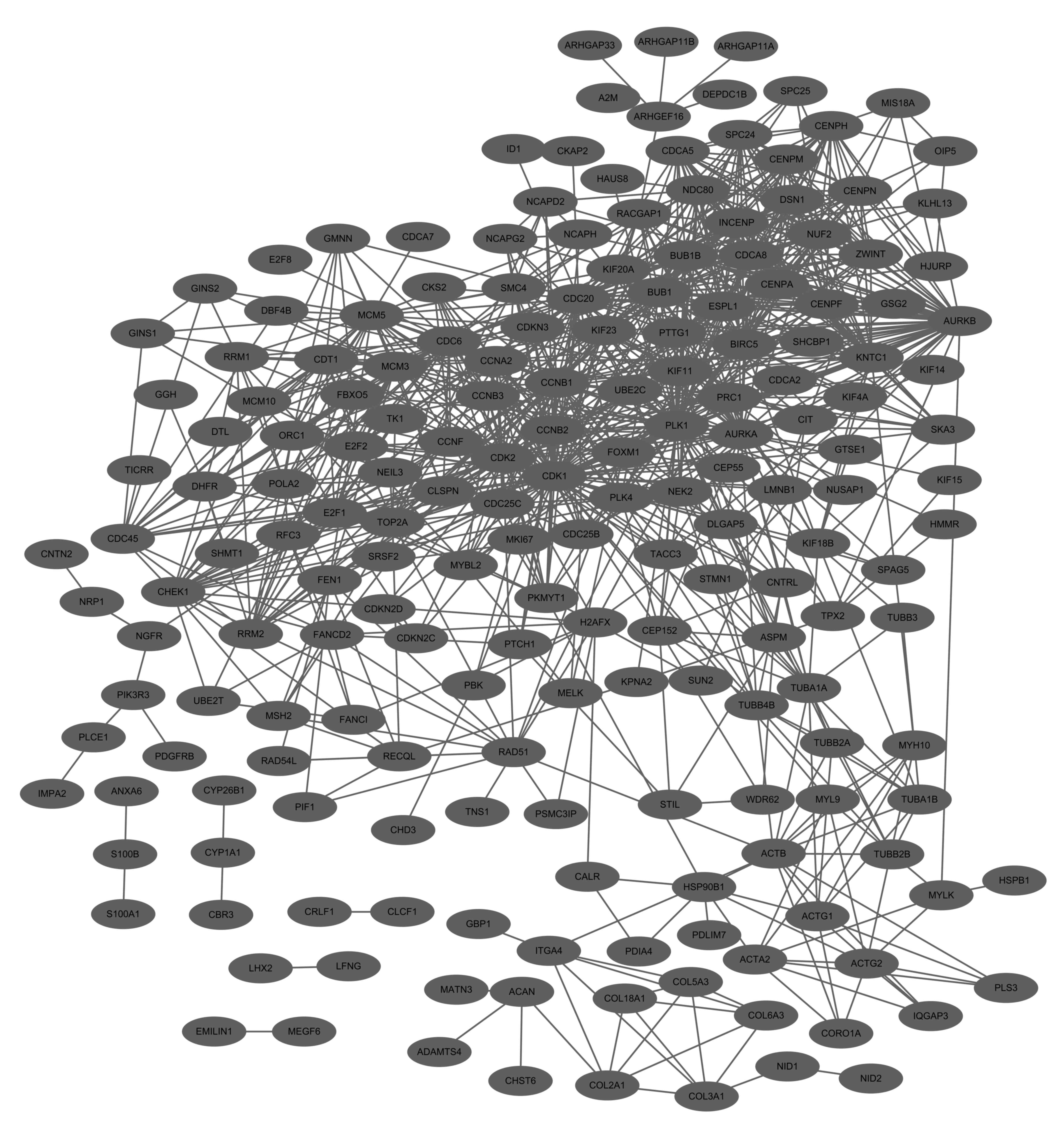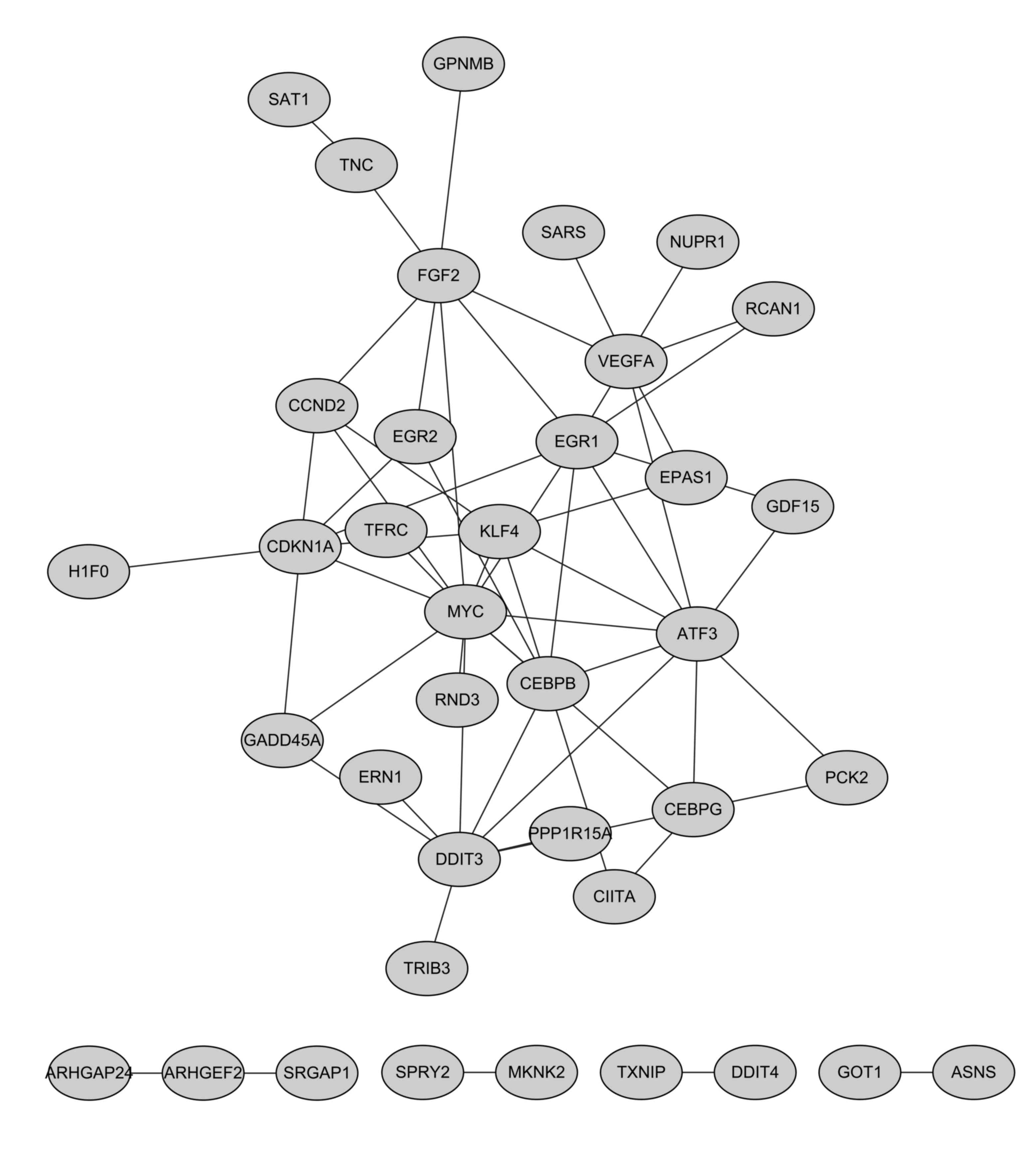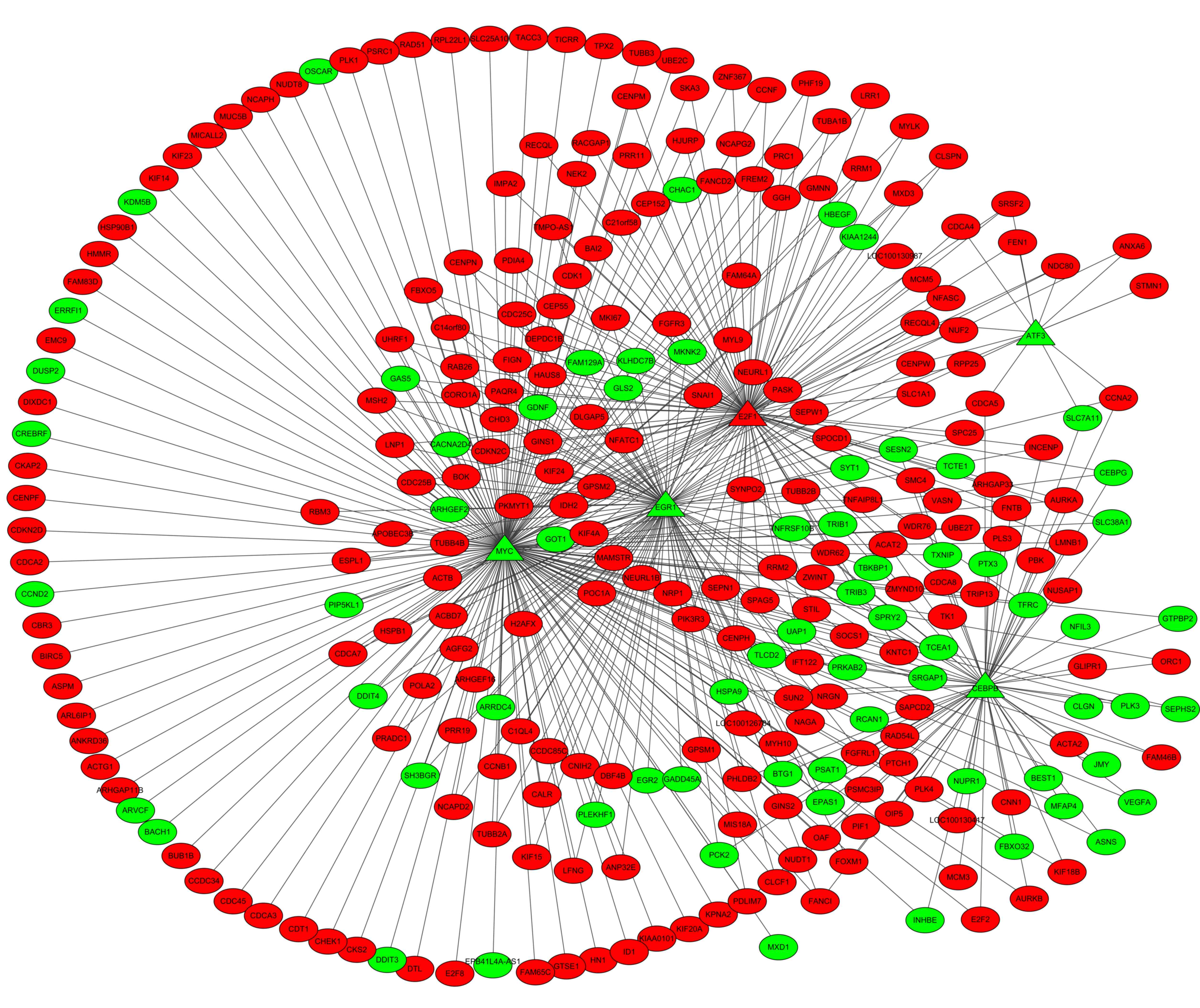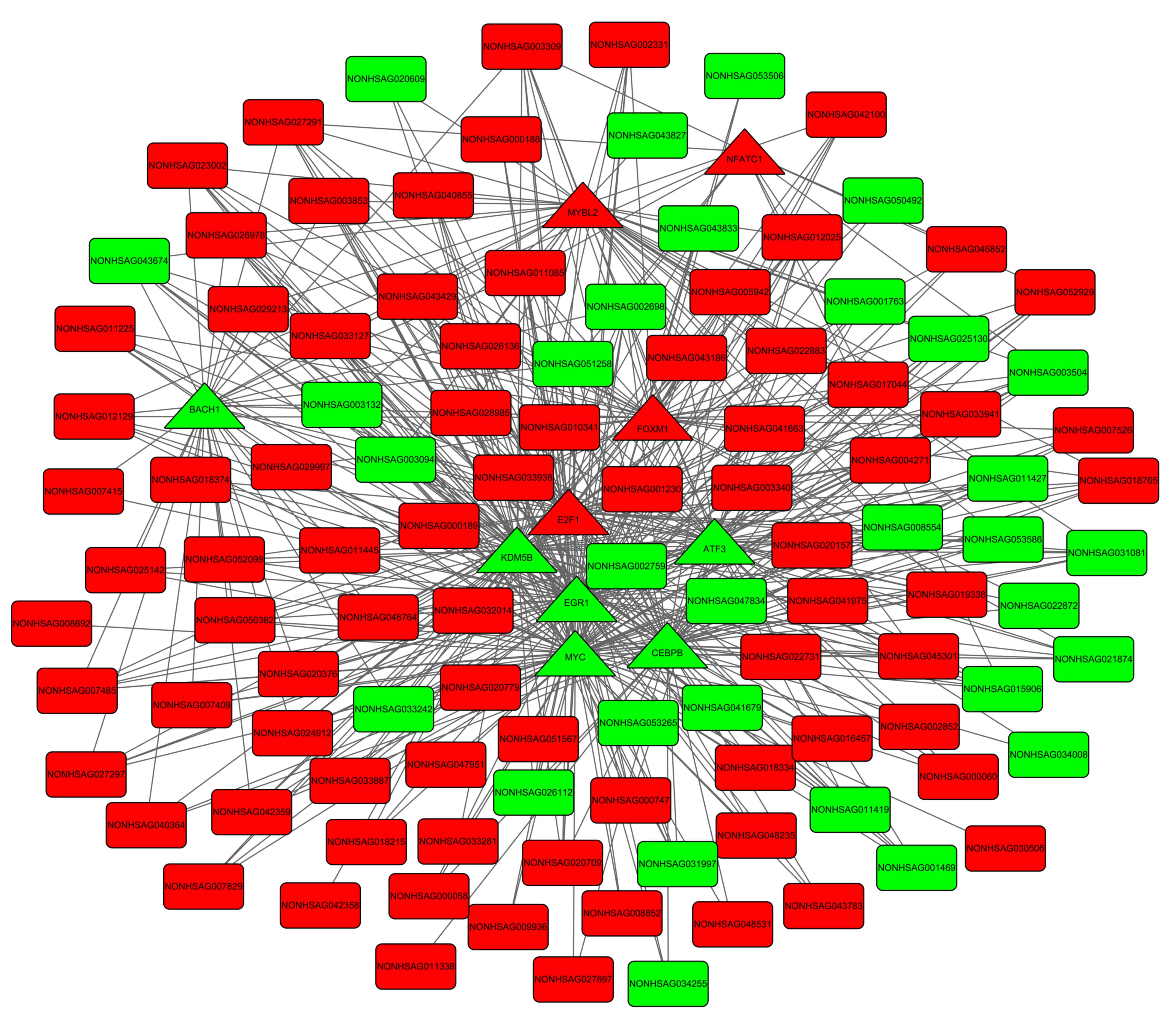|
1
|
Jahoda C, Horne K and Oliver R: Induction
of hair growth by implantation of cultured dermal papilla cells.
Nature. 311(1984): 560–562. 1984.PubMed/NCBI
|
|
2
|
Eppley BL, Woodell JE and Higgins J:
Platelet quantification and growth factor analysis from
platelet-rich plasma: Implications for wound healing. Plast
Reconstr Surg. 114:1502–1508. 2004.PubMed/NCBI
|
|
3
|
Kocaoemer A, Kern S, Klueter H and Bieback
K: Human AB serum and thrombin-activated platelet-rich plasma are
suitable alternatives to fetal calf serum for the expansion of
mesenchymal stem cells from adipose tissue. Stem Cells.
25:1270–1278. 2007. View Article : Google Scholar : PubMed/NCBI
|
|
4
|
Vogel JP, Szalay K, Geiger F, Kramer M,
Richter W and Kasten P: Platelet-rich plasma improves expansion of
human mesenchymal stem cells and retains differentiation capacity
and in vivo bone formation in calcium phosphate ceramics.
Platelets. 17:462–469. 2006. View Article : Google Scholar : PubMed/NCBI
|
|
5
|
Mishra A, Tummala P, King A, Lee B, Kraus
M, Tse V and Jacobs CR: Buffered platelet-rich plasma enhances
mesenchymal stem cell proliferation and chondrogenic
differentiation. Tissue Engineering Part C Methods. 15:431–435.
2009. View Article : Google Scholar : PubMed/NCBI
|
|
6
|
Reese RJ: Autologous platelet rich plasma
(PRP): What do we know? Important concepts relevant to hair
restoration surgery. Hair Transplant Forum Int. 2010:14–17.
2010.
|
|
7
|
Ito M, Yang Z, Andl T, Cui C, Kim N,
Millar SE and Cotsarelis G: Wnt-dependent de novo hair follicle
regeneration in adult mouse skin after wounding. Nature.
447:316–320. 2007. View Article : Google Scholar : PubMed/NCBI
|
|
8
|
Gilhar A and Kalish RS: Alopecia areata: A
tissue specific autoimmune disease of the hair follicle. Autoimmun
Rev. 5:64–69. 2006. View Article : Google Scholar : PubMed/NCBI
|
|
9
|
Barsh G: Of ancient tales and hairless
tails. Nat Genet. 22:315–316. 1999. View
Article : Google Scholar : PubMed/NCBI
|
|
10
|
Oro AE and Scott MP: Splitting hairs:
Dissecting roles of signaling systems in epidermal development.
Cell. 95:575–578. 1998. View Article : Google Scholar : PubMed/NCBI
|
|
11
|
Kulick D, Hark L and Deen D: The bariatric
surgery patient: A growing role for registered dietitians. J Am
Diet Assoc. 110:593–599. 2010. View Article : Google Scholar : PubMed/NCBI
|
|
12
|
Oshima H, Inoue H, Matsuzaki K, Tanabe M
and Kumagai N: Permanent restoration of human skin treated with
cultured epithelium grafting-wound healing by stem cell based
tissue engineering. Hum Cell. 15:118–128. 2002. View Article : Google Scholar : PubMed/NCBI
|
|
13
|
Ito M and Kizawa K: Expression of
calcium-binding S100 proteins A4 and A6 in regions of the
epithelial sac associated with the onset of hair follicle
regeneration. J Investig Dermatol. 116:956–963. 2001. View Article : Google Scholar : PubMed/NCBI
|
|
14
|
Kizawa K, Toyoda M, Ito M and Morohashi M:
Aberrantly differentiated cells in benign pilomatrixoma reflect the
normal hair follicle: Immunohistochemical analysis of Ca-binding
S100A2, S100A3 and S100A6 proteins. Br J Dermatol. 152:314–320.
2005. View Article : Google Scholar : PubMed/NCBI
|
|
15
|
Li YH, Zhang K, Yang K, Ye JX, Xing YZ,
Guo HY, Deng F, Lian XH and Yang T: Adenovirus-mediated Wnt10b
overexpression induces hair follicle regeneration. J Investig
Dermatol. 133:42–48. 2013. View Article : Google Scholar : PubMed/NCBI
|
|
16
|
Li YH, Zhang K, Ye JX, Lian XH and Yang T:
Wnt10b promotes growth of hair follicles via a canonical Wnt
signalling pathway. Clin Exp Dermatol. 36:534–540. 2011. View Article : Google Scholar : PubMed/NCBI
|
|
17
|
Nelson AM, Loy DE, Lawson JA, Katseff AS,
FitzGerald GA and Garza LA: Prostaglandin D2 inhibits wound-induced
hair follicle neogenesis through the receptor, Gpr44. J Investig
Dermatol. 133:881–889. 2013. View Article : Google Scholar : PubMed/NCBI
|
|
18
|
Xiong Y, Li W, Shang C, Chen RM, Han P,
Yang J, Stankunas K, Wu B, Pan M, Zhou B, et al: Brg1 governs a
positive feedback circuit in the hair follicle for tissue
regeneration and repair. Dev Cell. 25:169–181. 2013. View Article : Google Scholar : PubMed/NCBI
|
|
19
|
Patel RK and Jain M: NGS QC Toolkit: A
toolkit for quality control of next generation sequencing data.
PLoS One. 7:e306192012. View Article : Google Scholar : PubMed/NCBI
|
|
20
|
Kim D, Pertea G, Trapnell C, Pimentel H,
Kelley R and Salzberg SL: TopHat2: Accurate alignment of
transcriptomes in the presence of insertions, deletions and gene
fusions. Genome Biol. 14:R362013. View Article : Google Scholar : PubMed/NCBI
|
|
21
|
Karolchik D, Baertsch R, Diekhans M, Furey
TS, Hinrichs A, Lu YT, Roskin KM, Schwartz M, Sugnet CW, Thomas DJ,
et al: The UCSC genome browser database. Nucleic Acids Res.
31:51–54. 2003. View Article : Google Scholar : PubMed/NCBI
|
|
22
|
Trapnell C, Roberts A, Goff L, Pertea G,
Kim D, Kelley DR, Pimentel H, Salzberg SL, Rinn JL and Pachter L:
Differential gene and transcript expression analysis of RNA-seq
experiments with TopHat and Cufflinks. Nat Protoc. 7:562–578. 2012.
View Article : Google Scholar : PubMed/NCBI
|
|
23
|
Tweedie S, Ashburner M, Falls K, Leyland
P, McQuilton P, Marygold S, Millburn G, Osumi-Sutherland D,
Schroeder A, Seal R, et al: FlyBase: Enhancing Drosophila gene
ontology annotations. Nucleic Acids Res. 37:D555–D559. 2009.
View Article : Google Scholar : PubMed/NCBI
|
|
24
|
Kanehisa M and Goto S: KEGG: Kyoto
encyclopedia of genes and genomes. Nucleic Acids Res. 28:27–30.
2000. View Article : Google Scholar : PubMed/NCBI
|
|
25
|
Wang J, Zhou X, Zhu J, Gu Y, Zhao W, Zou J
and Guo Z: GO-function: Deriving biologically relevant functions
from statistically significant functions. Brief Bioinform.
13:216–227. 2012. View Article : Google Scholar : PubMed/NCBI
|
|
26
|
Carlson M, Falcon S, Pages H and Li N: A
set of annotation maps describing the entire Gene Ontology. Version
2.4.5. 2007.
|
|
27
|
Carlson M, Falcon S, Pages H and Li N:
org. Hs. eg. db: Genome wide annotation for Human. Version 3.4.0.
2013.
|
|
28
|
Franceschini A, Szklarczyk D, Frankild S,
Kuhn M, Simonovic M, Roth A, Lin J, Minguez P, Bork P, von Mering C
and Jensen LJ: STRING v9. 1: protein-protein interaction networks,
with increased coverage and integration. Nucleic Acids Res.
41:D808–D815. 2013. View Article : Google Scholar : PubMed/NCBI
|
|
29
|
Saito R, Smoot ME, Ono K, Ruscheinski J,
Wang PL, Lotia S, Pico AR, Bader GD and Ideker T: A travel guide to
Cytoscape plugins. Nat Methods. 9:1069–1076. 2012. View Article : Google Scholar : PubMed/NCBI
|
|
30
|
Thomas DJ, Rosenbloom KR, Clawson H,
Hinrichs AS, Trumbower H, Raney BJ, Karolchik D, Barber GP, Harte
RA, Hillman-Jackson J, et al: The ENCODE project at UC santa cruz.
Nucleic Acids Res. 35:D663–D667. 2007. View Article : Google Scholar : PubMed/NCBI
|
|
31
|
Ira G, Pellicioli A, Balijja A, Wang X,
Fiorani S, Carotenuto W, Liberi G, Bressan D, Wan L, Hollingsworth
NM, et al: DNA end resection, homologous recombination and DNA
damage checkpoint activation require CDK1. Nature. 431:1011–1017.
2004. View Article : Google Scholar : PubMed/NCBI
|
|
32
|
Santamaría D, Barrière C, Cerqueira A,
Hunt S, Tardy C, Newton K, Cáceres JF, Dubus P, Malumbres M and
Barbacid M: Cdk1 is sufficient to drive the mammalian cell cycle.
Nature. 448:811–815. 2007. View Article : Google Scholar : PubMed/NCBI
|
|
33
|
Petronczki M, Lénárt P and Peters JM: Polo
on the rise-from mitotic entry to cytokinesis with Plk1. Dev Cell.
14:646–659. 2008. View Article : Google Scholar : PubMed/NCBI
|
|
34
|
Sumara I, Giménez-Abián JF, Gerlich D,
Hirota T, Kraft C, de la Torre C, Ellenberg J and Peters JM: Roles
of polo-like kinase 1 in the assembly of functional mitotic
spindles. Curr Biol. 14:1712–1722. 2004. View Article : Google Scholar : PubMed/NCBI
|
|
35
|
Spänkuch-Schmitt B, Bereiter-Hahn J,
Kaufmann M and Strebhardt K: Effect of RNA silencing of polo-like
kinase-1 (PLK1) on apoptosis and spindle formation in human cancer
cells. J Natl Cancer Inst. 94:1863–1877. 2002. View Article : Google Scholar : PubMed/NCBI
|
|
36
|
Gumireddy K, Reddy MR, Cosenza SC,
Boominathan R, Baker SJ, Papathi N, Jiang J, Holland J and Reddy
EP: ON01910, a non-ATP-competitive small molecule inhibitor of
Plk1, is a potent anticancer agent. Cancer Cell. 7:275–286. 2005.
View Article : Google Scholar : PubMed/NCBI
|
|
37
|
Yu H: Cdc20: A WD40 activator for a cell
cycle degradation machine. Mol Cell. 27:3–16. 2007. View Article : Google Scholar : PubMed/NCBI
|
|
38
|
Kramer ER, Scheuringer N, Podtelejnikov
AV, Mann M and Peters JM: Mitotic regulation of the APC activator
proteins CDC20 and CDH1. Mol Biol Cell. 11:1555–1569. 2000.
View Article : Google Scholar : PubMed/NCBI
|
|
39
|
Fang Y, Yu H, Liang X, Xu J and Cai X:
Chk1-induced CCNB1 overexpression promotes cell proliferation and
tumor growth in human colorectal cancer. Cancer Biol Ther.
15:1268–1279. 2014. View Article : Google Scholar : PubMed/NCBI
|
|
40
|
Abel D, Abdul-Hamid O, Dijk M and Oudejans
CB: Transcription factor STOX1A promotes mitotic entry by binding
to the CCNB1 promotor. PLoS One. 7:e297692012. View Article : Google Scholar : PubMed/NCBI
|
|
41
|
Stewart S and Fang G: Destruction
box-dependent degradation of aurora B is mediated by the
anaphase-promoting complex/cyclosome and Cdh1. Cancer Res.
65:8730–8735. 2005. View Article : Google Scholar : PubMed/NCBI
|
|
42
|
Okuda M, Horn HF, Tarapore P, Tokuyama Y,
Smulian AG, Chan PK, Knudsen ES, Hofmann IA, Snyder JD, Bove KE and
Fukasawa K: Nucleophosmin/B23 is a target of CDK2/cyclin E in
centrosome duplication. Cell. 103:127–140. 2000. View Article : Google Scholar : PubMed/NCBI
|
|
43
|
Tarapore P, Okuda M and Fukasawa K: A
mammalian in vitro centriole duplication system: Evidence for
involvement of CDK2/cyclin E and nucleophosmin/B23 in centrosome
duplication. Cell Cycle. 1:75–78. 2002.PubMed/NCBI
|
|
44
|
Tokuyama Y, Horn HF, Kawamura K, Tarapore
P and Fukasawa K: Specific phosphorylation of nucleophosmin on
Thr(199) by cyclin-dependent kinase 2-cyclin E and its role in
centrosome duplication. J Biol Chem. 276:21529–21537. 2001.
View Article : Google Scholar : PubMed/NCBI
|
|
45
|
Wu KJ, Grandori C, Amacker M, Simon-Vermot
N, Polack A, Lingner J and Dalla-Favera R: Direct activation of
TERT transcription by c-MYC. Nat Genet. 21:220–224. 1999.
View Article : Google Scholar : PubMed/NCBI
|
|
46
|
Guerzoni C, Bardini M, Mariani SA,
Ferrari-Amorotti G, Neviani P, Panno ML, Zhang Y, Martinez R,
Perrotti D and Calabretta B: Inducible activation of CEBPB, a gene
negatively regulated by BCR/ABL, inhibits proliferation and
promotes differentiation of BCR/ABL-expressing cells. Blood.
107:4080–4089. 2006. View Article : Google Scholar : PubMed/NCBI
|
|
47
|
Wu L, Timmers C, Maiti B, Saavedra HI,
Sang L, Chong GT, Nuckolls F, Giangrande P, Wright FA, Field SJ, et
al: The E2F1-3 transcription factors are essential for cellular
proliferation. Nature. 414:457–462. 2001. View Article : Google Scholar : PubMed/NCBI
|
|
48
|
Min IM, Pietramaggiori G, Kim FS, Passegué
E, Stevenson KE and Wagers AJ: The transcription factor EGR1
controls both the proliferation and localization of hematopoietic
stem cells. Cell stem cell. 2:380–391. 2008. View Article : Google Scholar : PubMed/NCBI
|


















